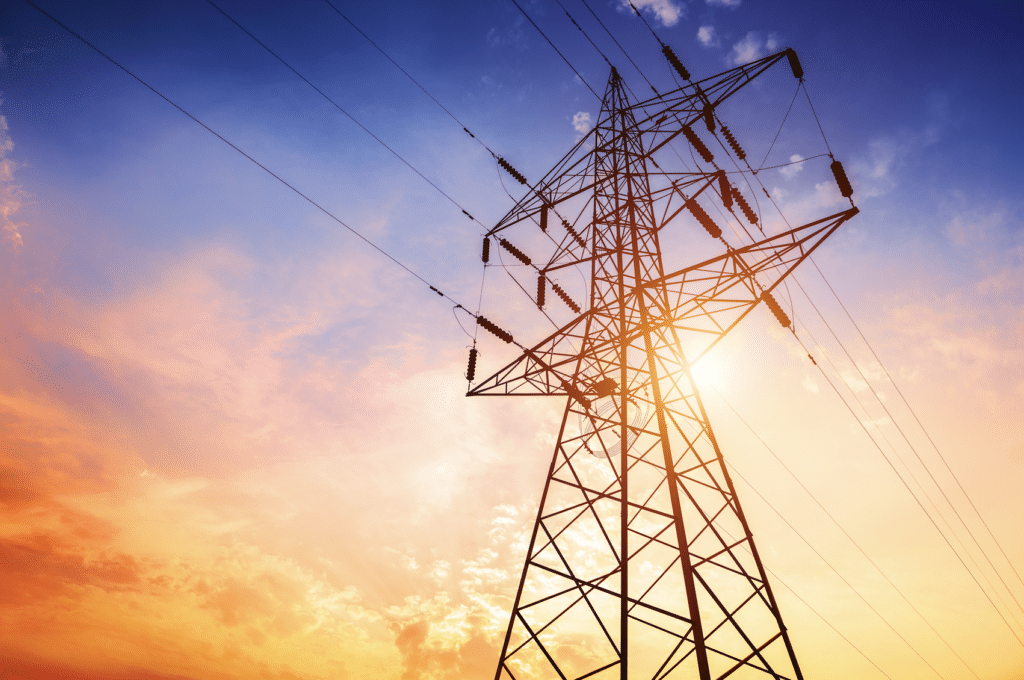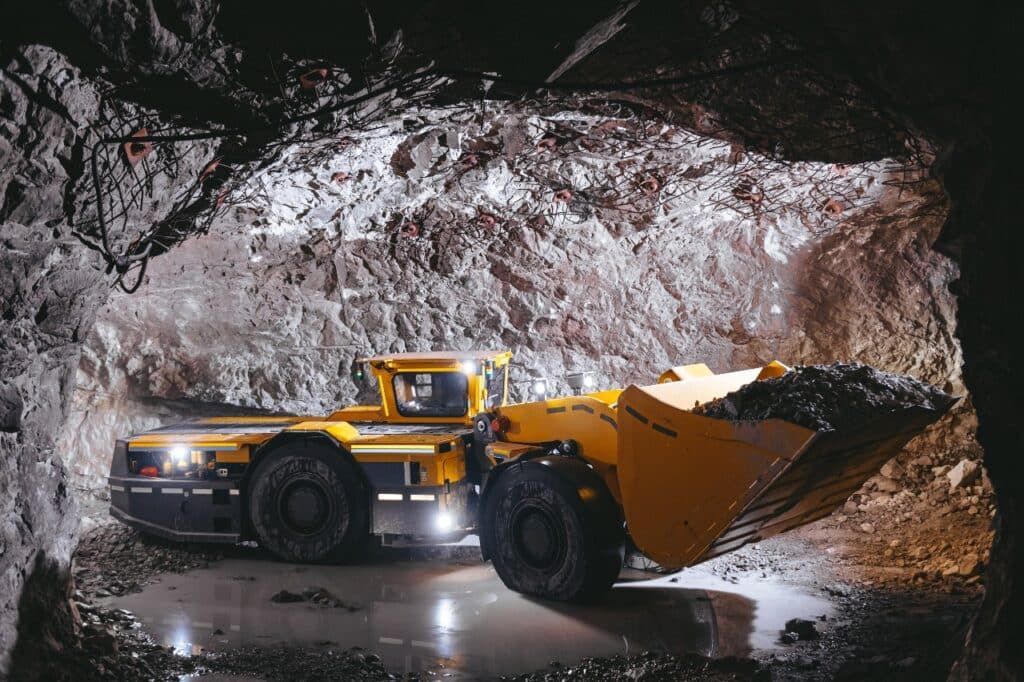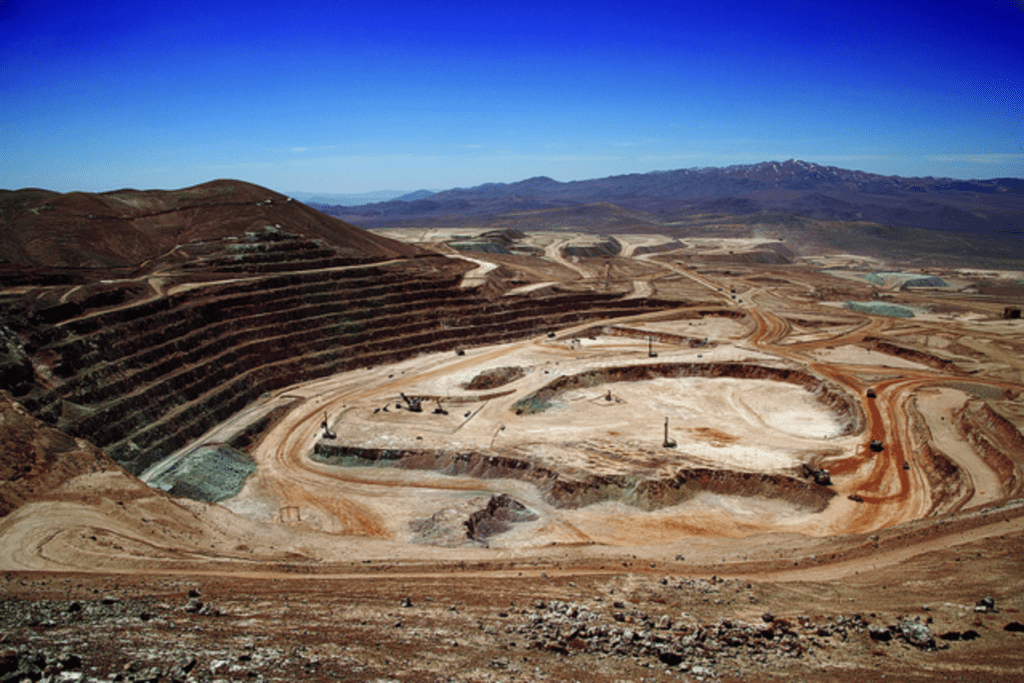What the Westgold–Karora merger means for the Aussie gold sector
The Westgold-Karora merger is the latest acquisition to set the mining industry abuzz. But how will it shape the Australian gold sector? Australian Mining investigates.
When Westgold Resources announced its $1.2 billion merger with Western Australian gold miner Karora Resources this week, it sent the industry into a spin – and for good reason.
Karora is the owner of the Beta Hunt and Higginsville gold mines, both high-performing assets nestled in the same region of WA as Westgold’s iconic Bluebird and Great Fingall mines.
Alongside other operating assets, the enlarged Westgold is expected to bring in 400,000 ounces of gold per year. This will launch the company into the top five Australian producers.
“The prize here is Beta Hunt’s gold potential,” Westgold managing director and chief executive officer Wayne Bramwell said.
“Rarely do you find a gold asset of the quality and potential of Beta Hunt hiding in a nickel belt and drilling is expected to further unlock value at this mine.
“This merger brings Beta Hunt together with Big Bell, the emerging Bluebird and the iconic Great Fingall mine under one Australian management team.”
The merger is set to rocket Westgold’s standings up the ladder to hold the spot as Australia’s fifth highest gold producer, right under a newly created Red 5/Silver Lake entity, if that merger was to go ahead.
With a combined 13-million-ounce mineral resource and a 3.2-million-ounce ore reserve from two historic WA goldfields, Westgold also has the chance to continue to grow this footprint.
It’s little wonder Karora chair and chief executive officer Paul Huet is welcoming the merger with open arms.
“With the combination of Westgold and Karora, we are taking the next step by combining two highly complementary, free cash flow generating asset bases in one of the world’s finest mining jurisdictions to create a premier Western Australian mid-tier gold producer,” he said.
“Karora shareholders will benefit from having very meaningful ownership in a larger, more diversified gold producer with a highly experienced management team located entirely in Western Australia.”
Source: https://www.australianmining.com.au/what-does-the-westgold-karora-merger-mean-for-the-aussie-gold-sector/




